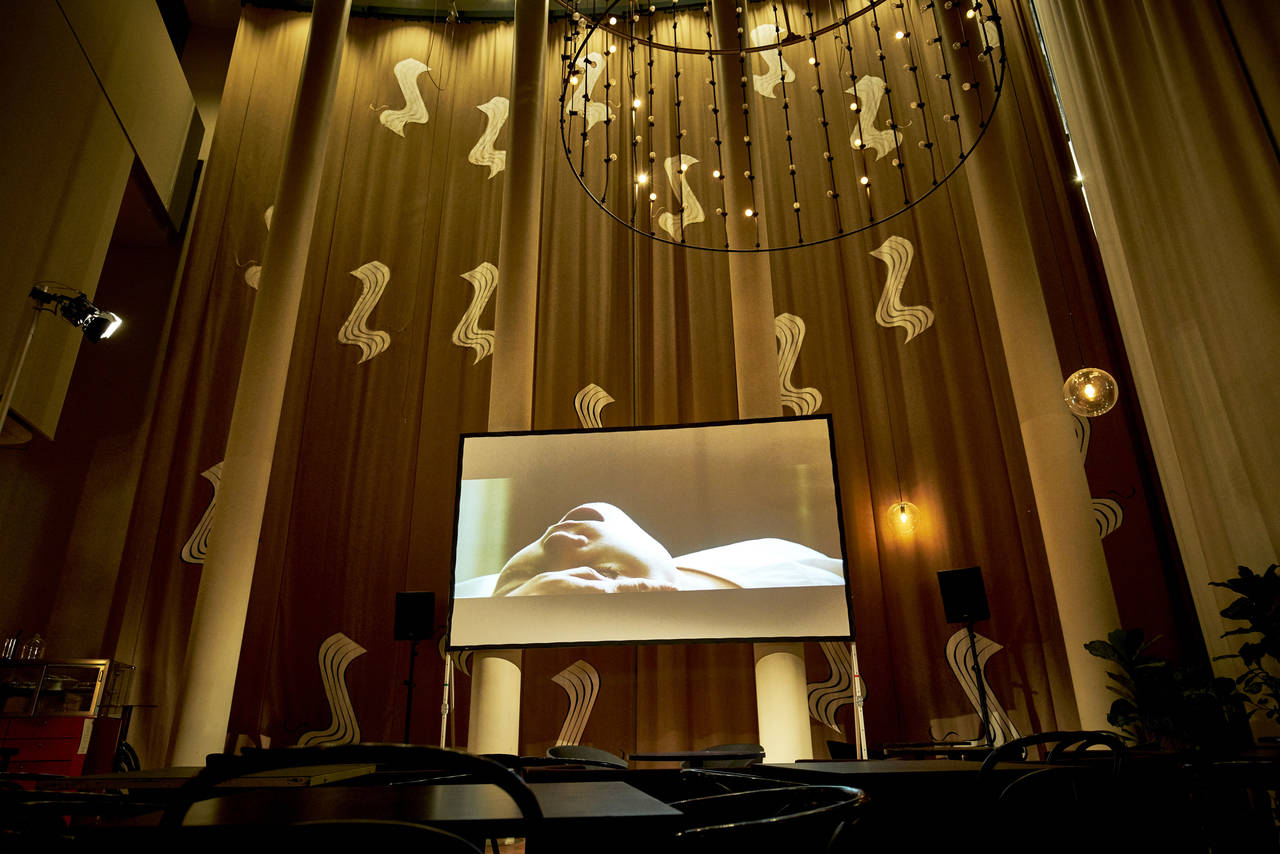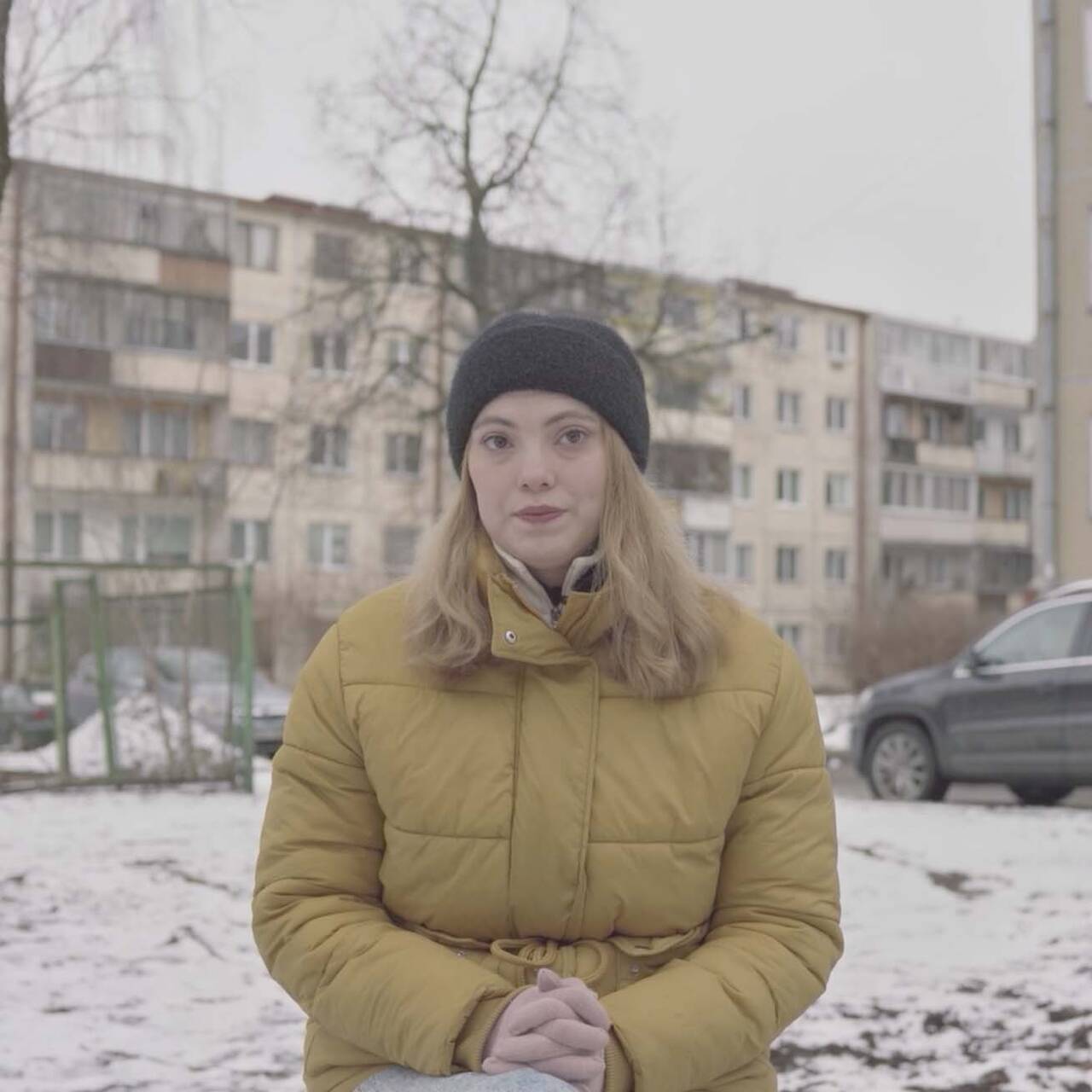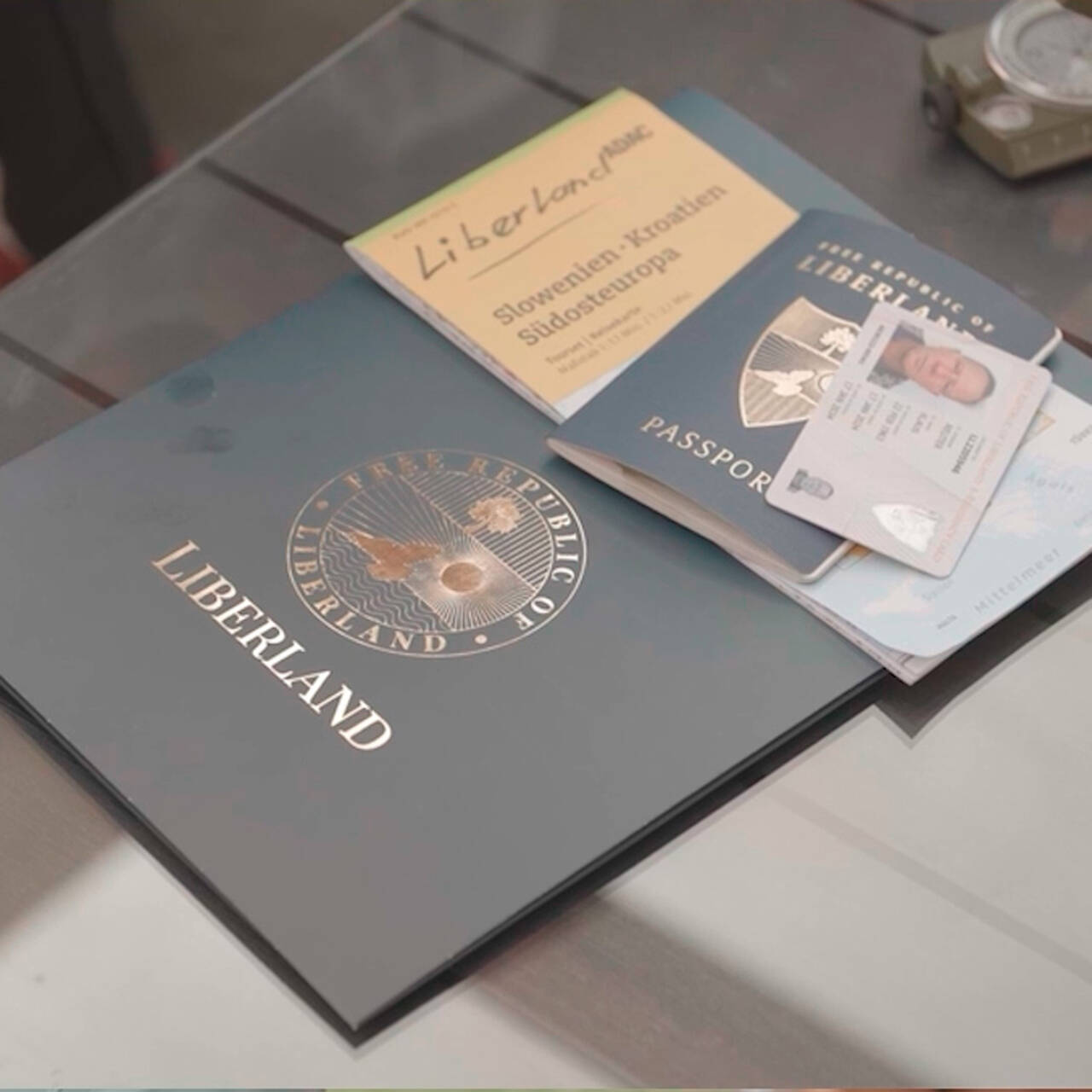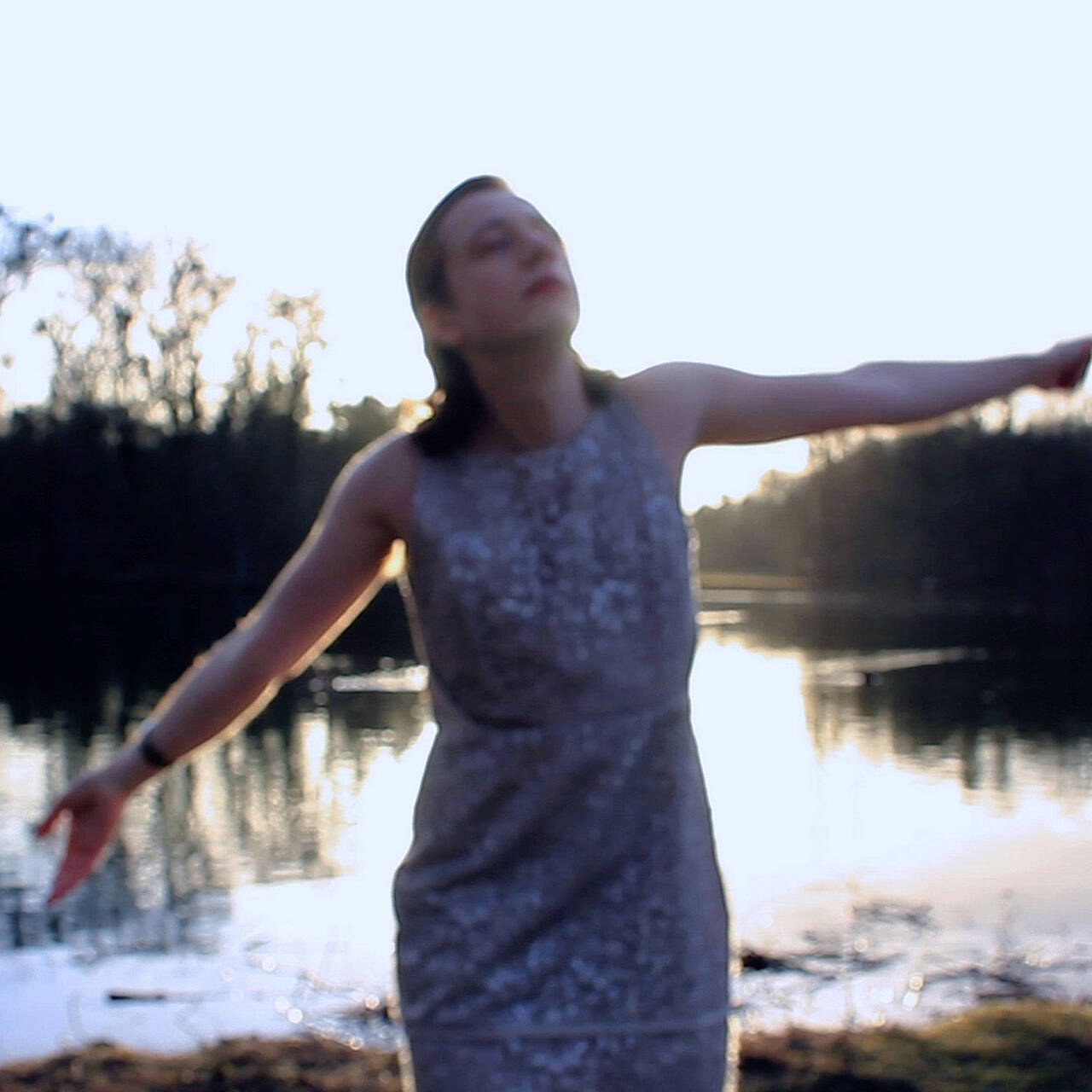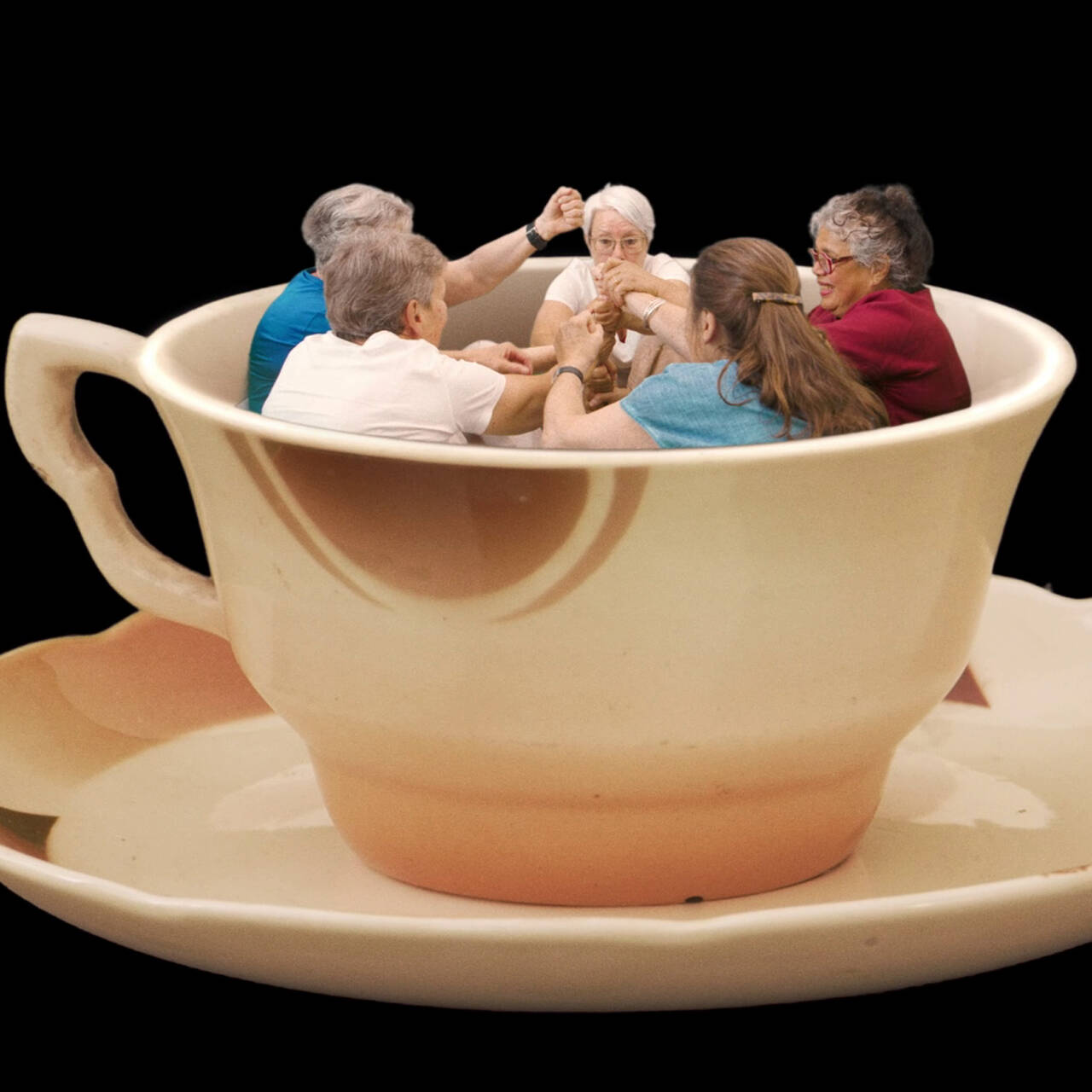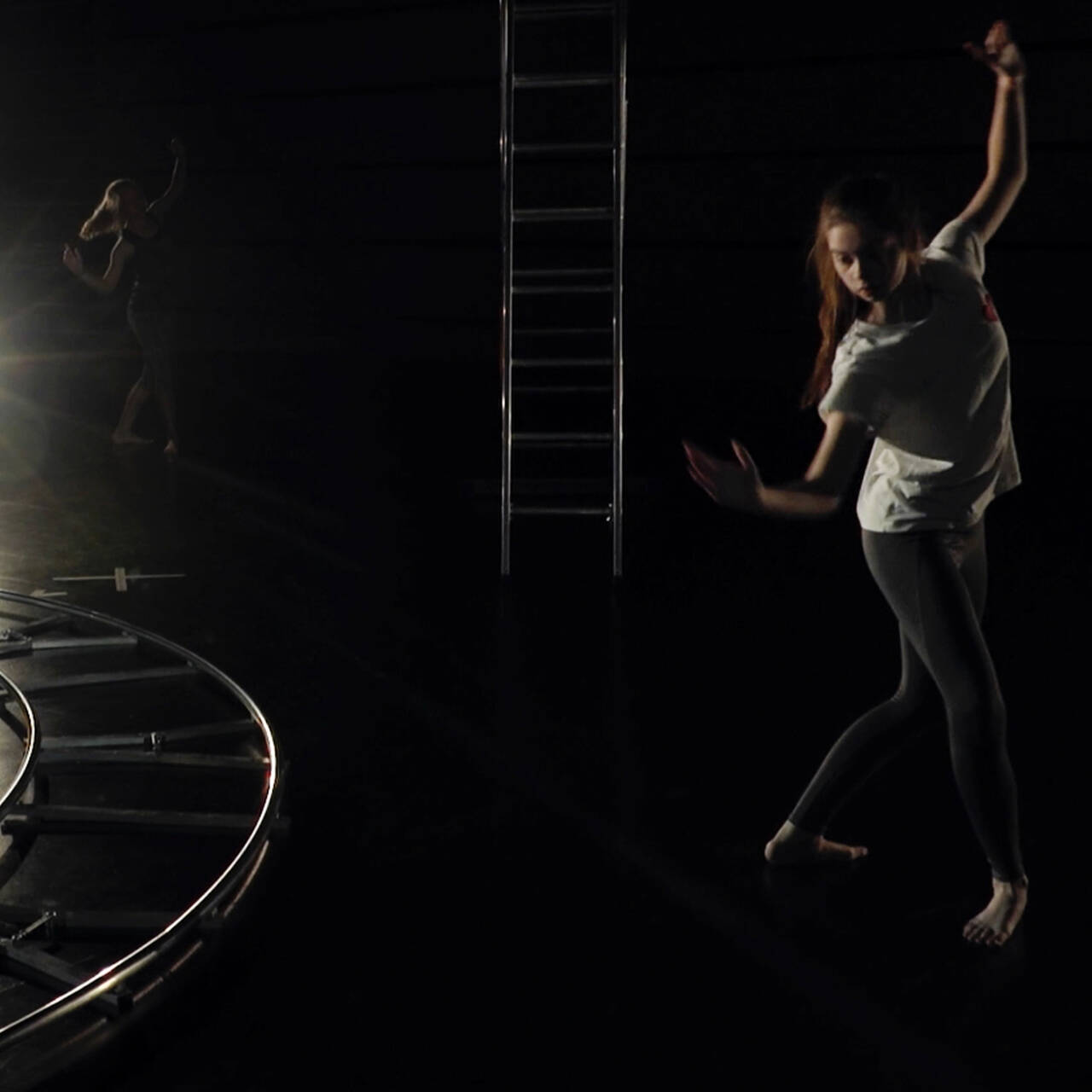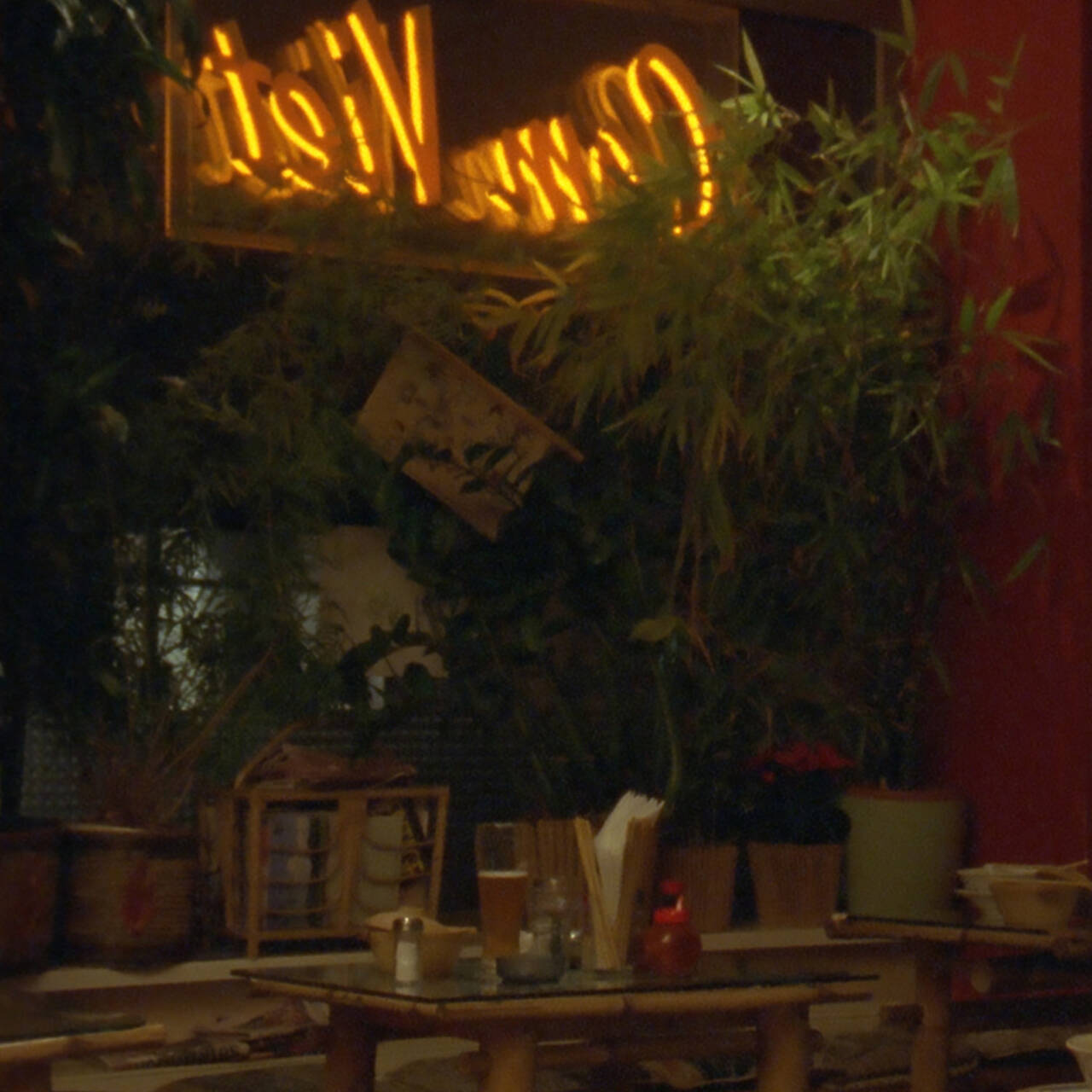The internet’s invisible voyeur. Nina Könnemann creates cinematic worlds with an app that show our behavior as a virtual self in social networks.
“What would it be like if you could see through the eyes of a demonstrator in Ukraine? Or watch the sunrise from a hot air balloon in Cappadocia? It may sound crazy, but we wanted to create something that comes as close to teleportation as possible.” This is how the makers of Periscope, an app for real-time video transmission, introduce themselves. The start-up founders Kayvon Beykpour and Joe Bernstein hit on the idea during the Taksim protests in Istanbul in 2013.
Back then it was already possible to follow what was going on in written updates on Twitter, but you couldn’t see it in real time. Twitter bought Periscope even before it was launched. Anyone who has a smartphone or tablet with a camera can now become a video reporter, or indeed a video producer.
Communicating worldwide, from McDonalds in Vienna to New York restaurants
The Periscope app also provided the platform for the continuous live video performance “Free Wifi” by artist Nina Könnemann (born 1971), who lives in Berlin and Hamburg. Staged for the first time in 2016 in Oststation in Vienna, excerpts of the performance are now being shown in SCHIRN’s Double Feature. “Free Wifi” can be described as a film montage comprising texts and live videos recorded in various places all over the world, for example at branches of McDonald’s in Vienna and Berlin, cultural centers in Munich, and restaurants in New York. What unites all those venues is free Wi-Fi, with which all visitors can intervene and comment on the present events.

Some of it is orchestrated, some left to chance. “I want to dissociate from the money society,” somebody says, as the pixeled smartphone image films the floor of the entrance to a branch of McDonald’s. “I would like to be homeless for a week,” someone else remarks. “That’s called camping,” yet another person comments laconically.
Comfortable in the role of invisible voyeurs
“Explore the world through the eyes of somebody else,” the app’s slogan, here means: seeing something you can see every day anyway. In an event hall people sit on the floor staring at their laptops and cell phones, at McDonald’s customers help themselves to serviettes and straws, and one image shows two women sitting at a table, while a commentator says to the person filming: “Closer to the Ladies!” And yet you can hardly look away from the incidental picture, you are remarkably curious to know what is going to happen next. You can really get comfortable with the role of invisible voyeur.

“Free Wifi” perhaps makes the observer himself a free bit in the data traffic, who drops by for a short time before the big picture continues, which is not really recognizable with all the commentary fragments and pixel noise. Nina Könnemann already focuses on the public domain and everyday life in other works. “Bann” (2012) showcases smokers in London, who as a result of the latest anti-smoking laws can only indulge in their addiction in specially designated areas. In the video montage “Que Onda” (2018) she documents the busy goings-on in a public toilet/shower unit at Venice Beach in Los Angeles used by visitors to the beach as well as the homeless and roving youths.


As her favorite film for the second part of the evening, Nina Könnemann chose the experimental debut film “El auge del humano” (“The Human Surge,” 2016) by Argentine director Eduardo Williams. The award-winning film accompanies its young protagonists in Buenos Aires, in Maputo, Mozambique, and in Bohol in the Philippines. For example, 25-year-old Exe, who has just lost his job, is constantly on the lookout for Internet access and tries to make a bit of money in sex chats with his friends.
Short insights into everyday life, in the Ennui of the young protagonists
In long, calm, shots the camera unobtrusively follows the subjects, thereby developing over the course of the film imagery all of its own, which critics refer to as slow cinema and associate with works by Andrei Arsenyevich Tarkovsky, Lisandro Alonso, Harmony Korine and Gus van Sant.


The three sections have loose connections, the film provides brief insights into everyday life, exposes the protagonists to everyday ennui, made up of erratic discussions about dreams, messing around, as well as reasonable silence, with the Internet always hovering in the background as a connecting link: There is always someone wanting to charge their cell phone or look up something on the Internet, or who is just looking for an Internet café. At the end of the film we find ourselves in a factory in which cell phones and tablets are assembled. A computer voice continually repeats the phrase “OK” and the dark that has taken up so much space in the film (dark rooms, dark alleyway, dark woods) has given way to the glaring neon light of the production room. Everything carries on.

